Dandi Wembley is a celebration of co-living in London
The Dandi Wembley, an innovative and well-considered, new co-living rental proposition, launches in north London

Dandi Wembley, London’s newest kid on the block when it comes to the co-living landscape, is certainly enticing. Its offering, some 350 micro-apartments packaged with a range of communal living spaces for its residents, come meticulously designed, with a level of thought, bespoke detailing and customisation that would match any high-end, privately owned property. Meanwhile, its shared areas bridge work, leisure and relaxation with some striking city views to boot. Could this be the future of urban living, and renting?
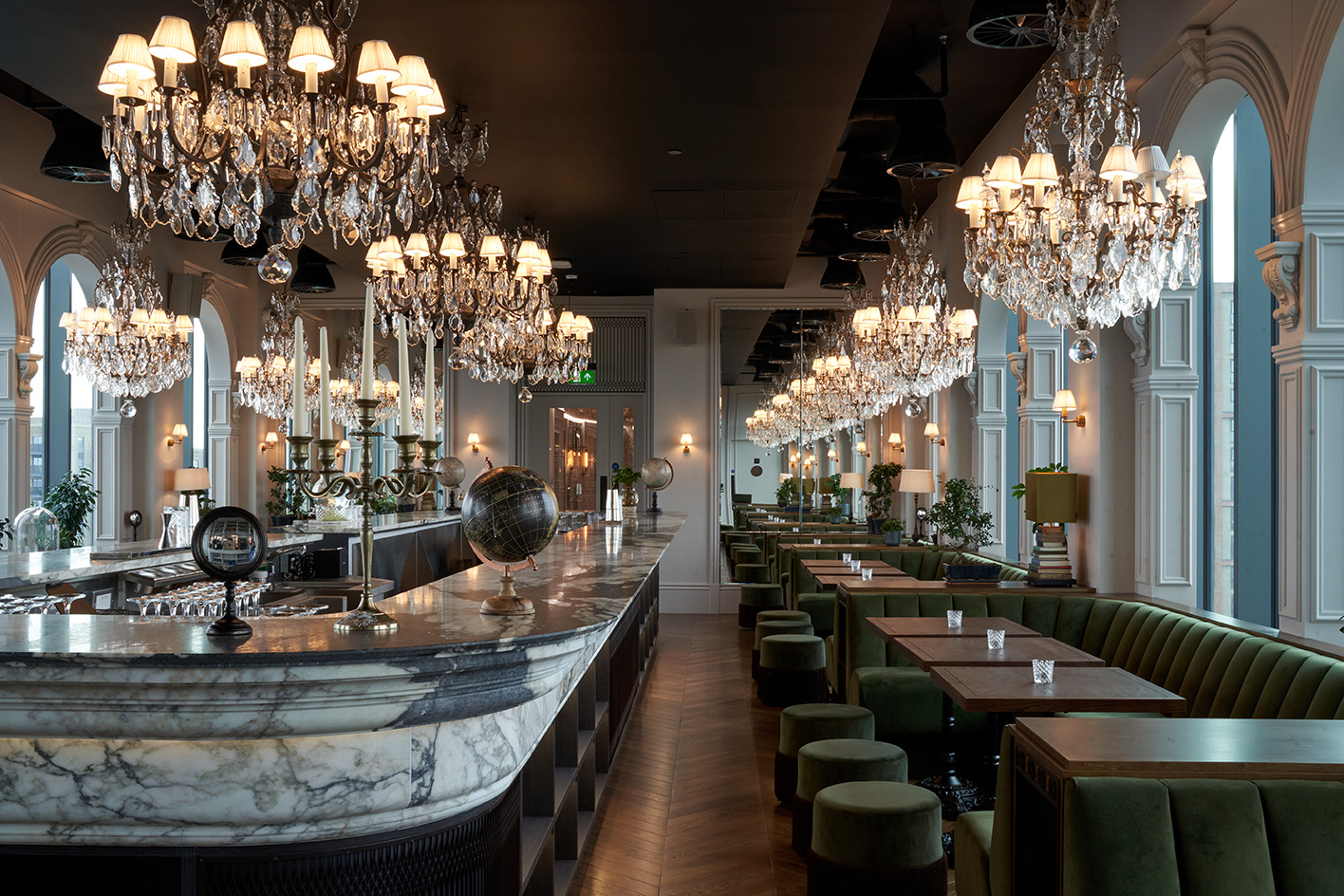
Living at Dandi Wembley
Dandi Wembley is the brainchild of developer Dandi and its partner Dukelease, who set out to create an innovative proposition for the London rental market. 'We are delighted to launch our flagship co-living scheme in Wembley after 17 years of continuous innovation and improvement while working on smaller London schemes. This process won't stop here. Dandi is a family business and we truly believe in creating homes that enrich people’s lives. This is why we challenge norms. We want to make better living spaces available to more people. Here at Dandi Wembley, we have developed homes in which people can enjoy their own beautiful private spaces while being part of something bigger, a community that interacts in a range of elegant shared spaces – what we call the theatre of life,' says Dandi's founder, Ali Reza Ravanshad.
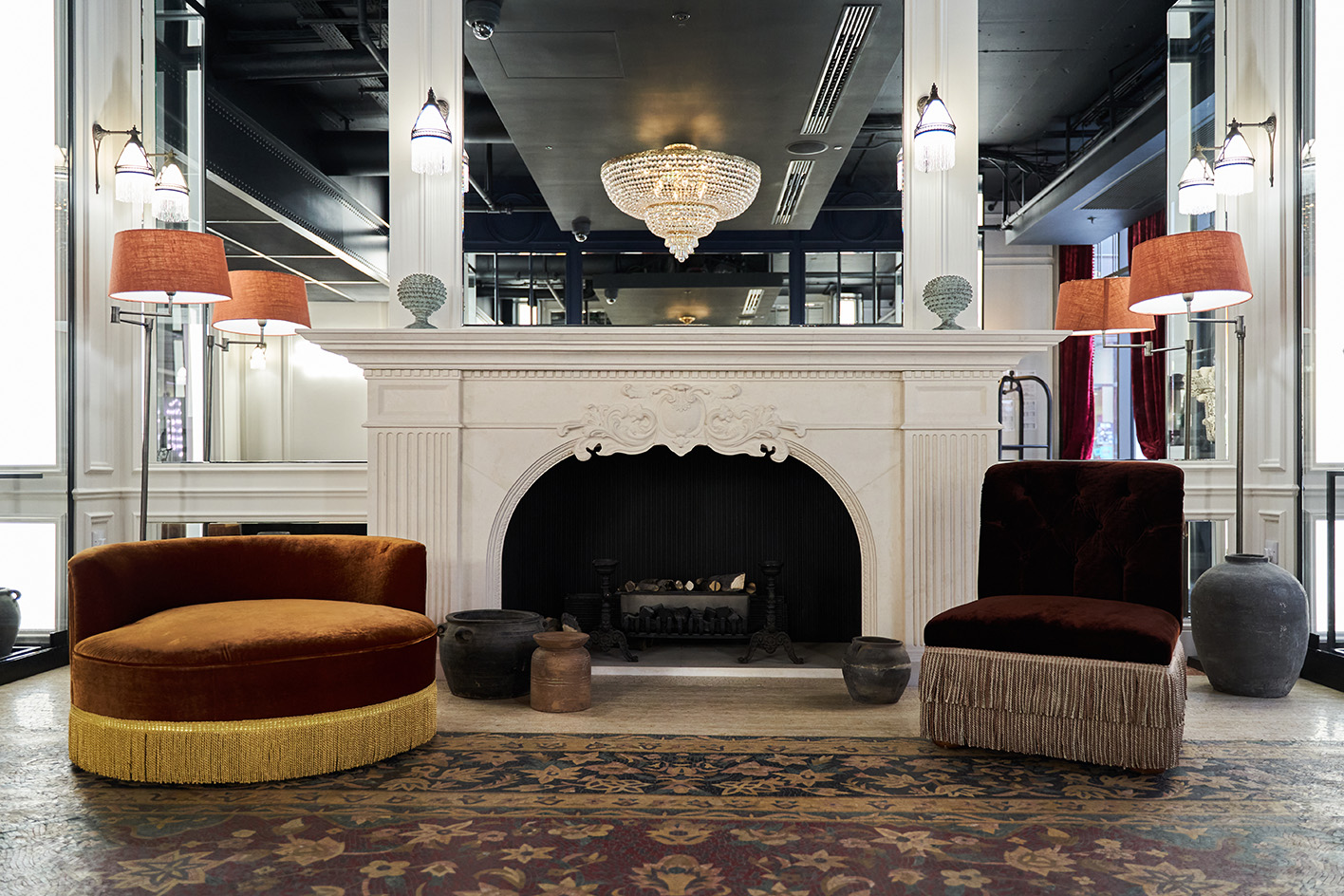
The apartment interiors are full of smart, space-saving solutions, from a bed that can be raised to the ceiling at the touch of a button, to transform the studio space from bedroom to living area, workout hub or study; to hidden storage in unexpected places; concealed kitchen cabinets; and tailor-made furniture to match its adaptable environment.
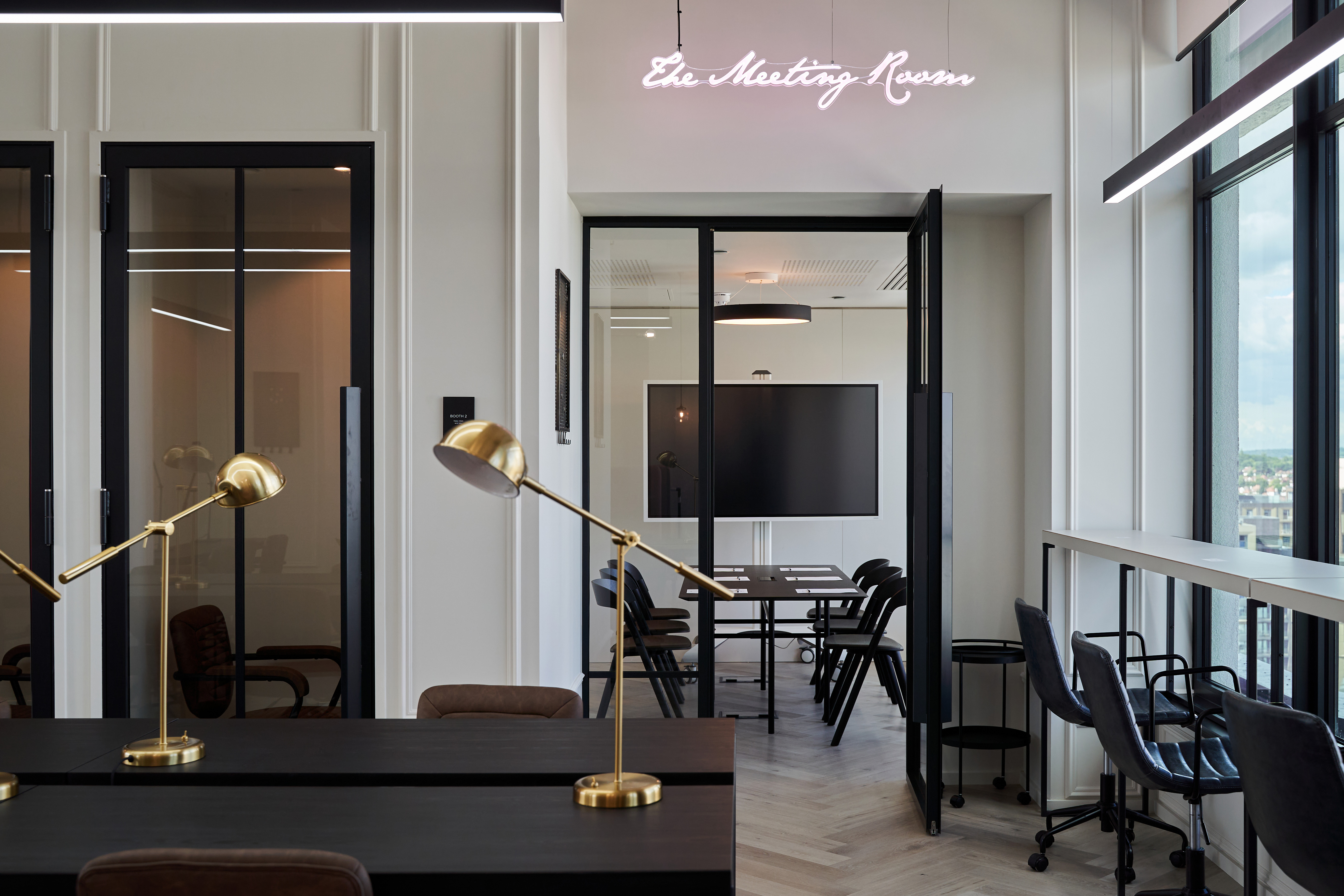
Ravanshad adds: 'Our vision isn’t only about what we create but how we create it. We have established our own supply chain and built our own factory in west London, which means we can maintain total control over quality and sustainability. From product design to manufacturing, construction to management, we want to do things the right way. Ultimately we want to reimagine city living.'
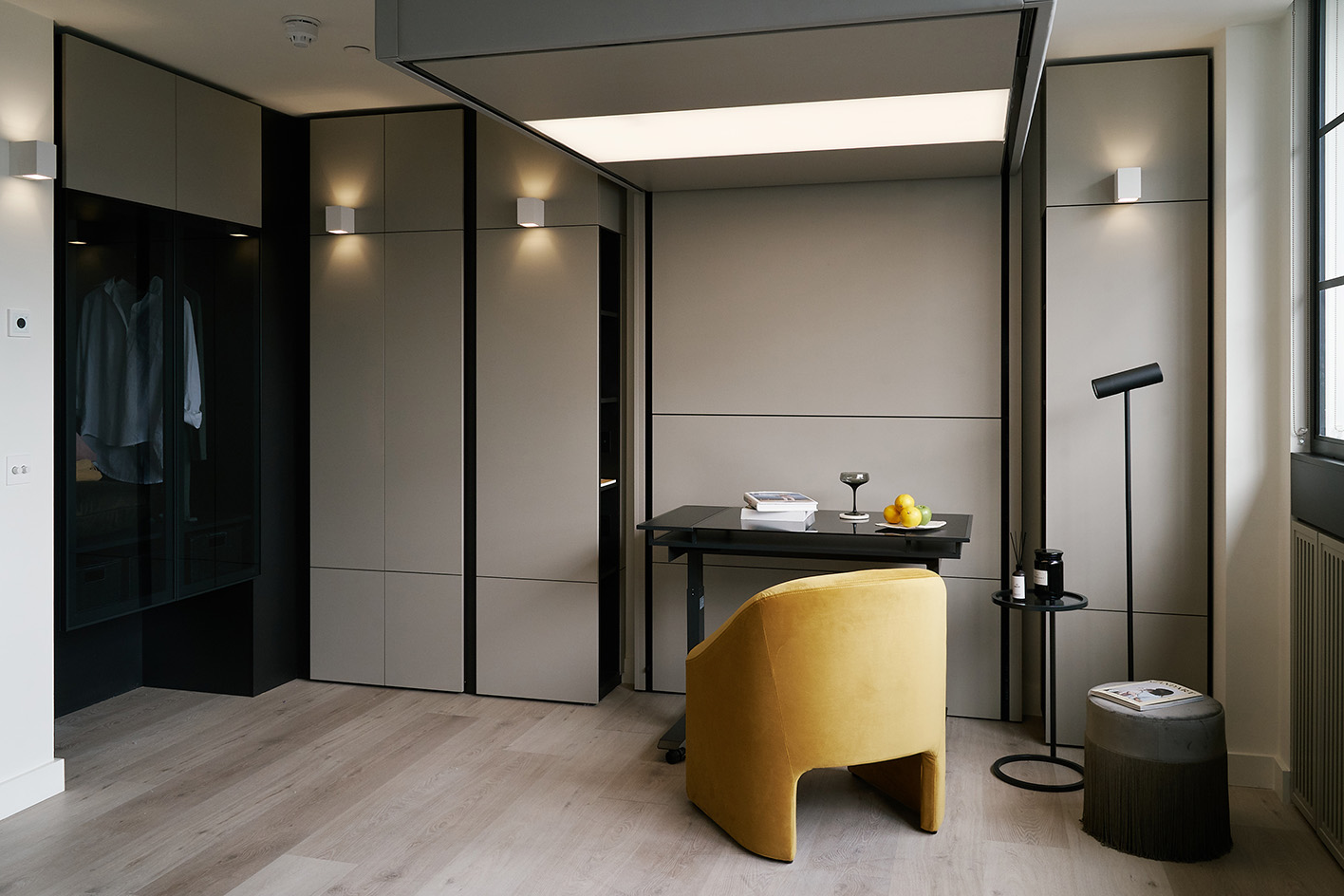
At the same time, a sense of luxury prevails, despite the apartments' boutique size. There are two sinks – one of which transforms into a vanity and dressing area; a specially designed range of toiletries for each unit; and high-end windows that provide an abundance of light and fresh air as needed, while ensuring acoustic insulation.
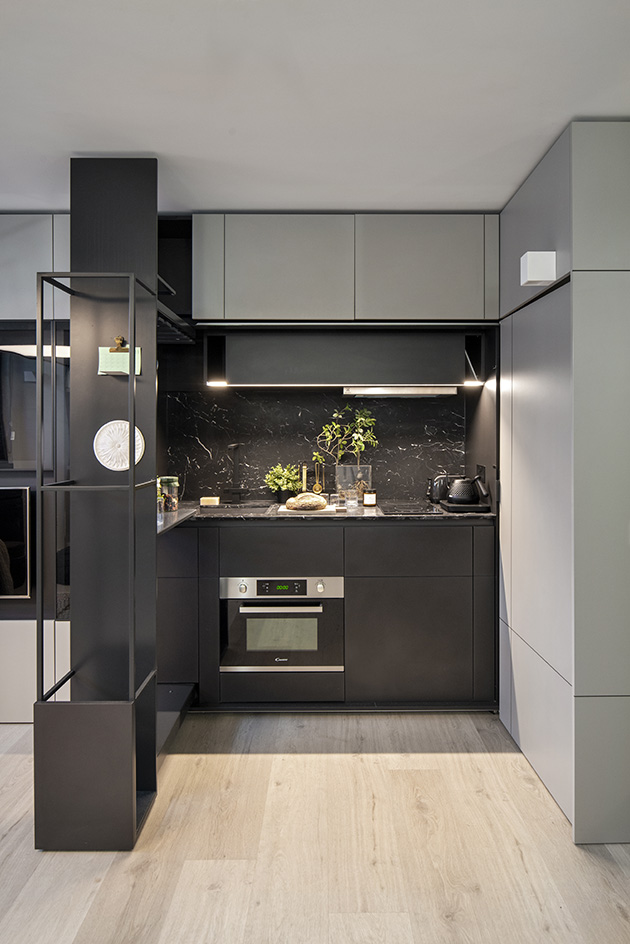
The residents' amenities are boosted by a restaurant at the top, Dariana, which can be accessible to the wider public too, bringing in the local community. This is mirrored also in the co-wording space, which offers memberships beyond the Dandi Wembley residents, helping the development blend with its surroundings in scope and function.
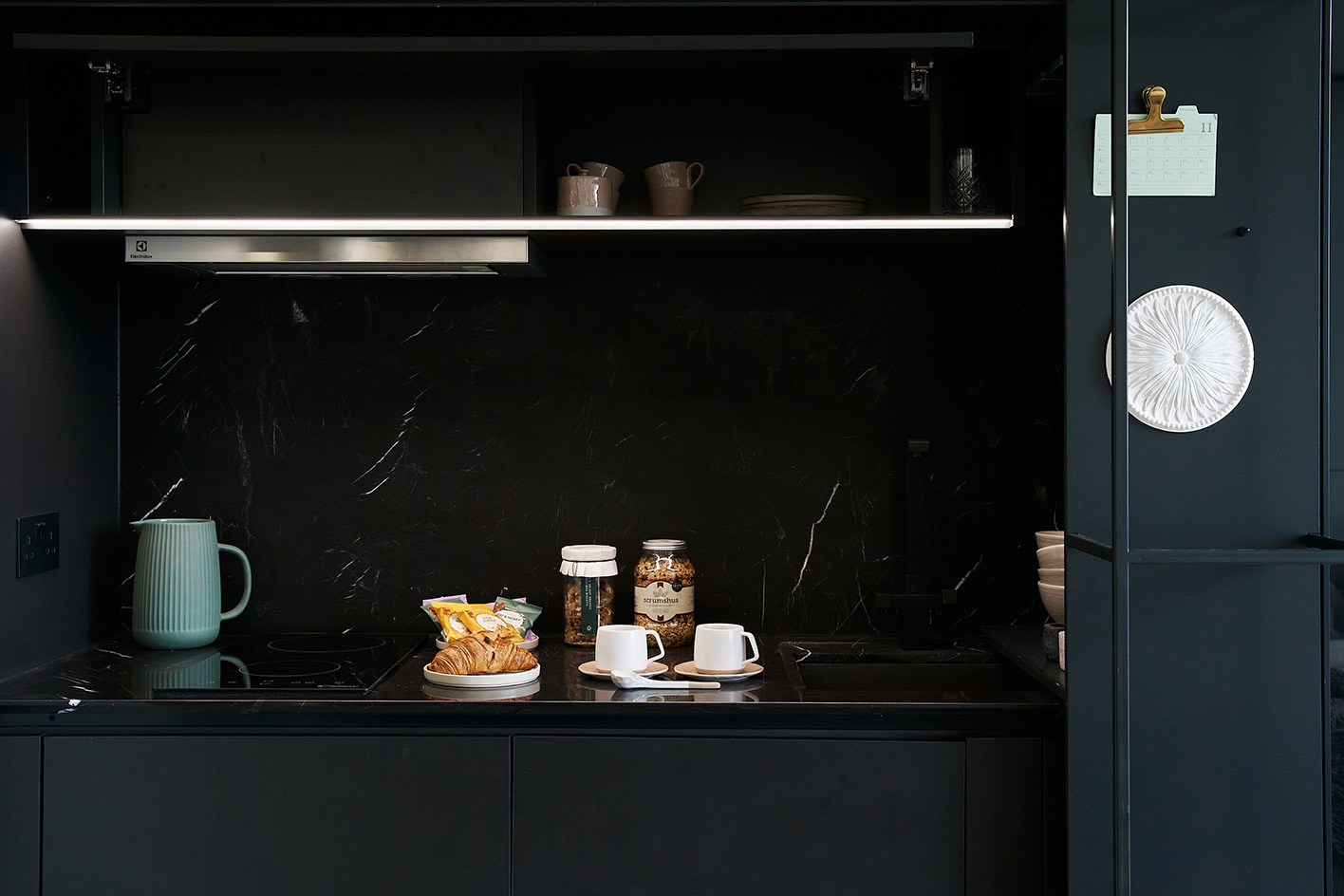
Dandi Wembley is the company's flagship, but there are more iterations coming up from the brand – in London’s Brondesbury and Battersea.
Wallpaper* Newsletter
Receive our daily digest of inspiration, escapism and design stories from around the world direct to your inbox.
‘Co-living undoubtedly presents a unique opportunity to combat the housing affordability challenge that London is facing. Together with Dandi, we have placed huge importance on the quality of the finishes and functionality of the design to provide an enhanced way of living that is aspirational for our residents,' says Dukelease CEO Richard Leslie.
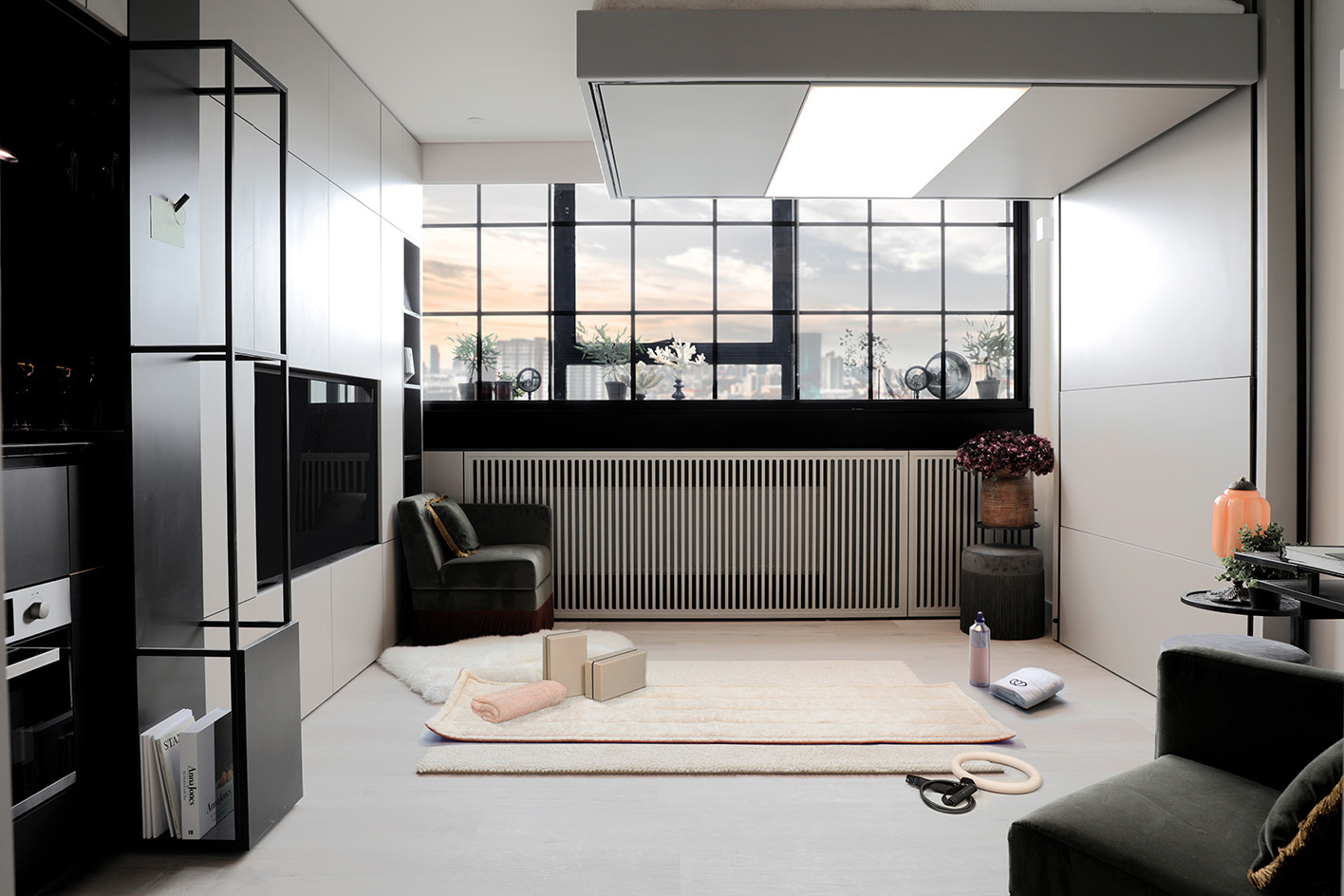
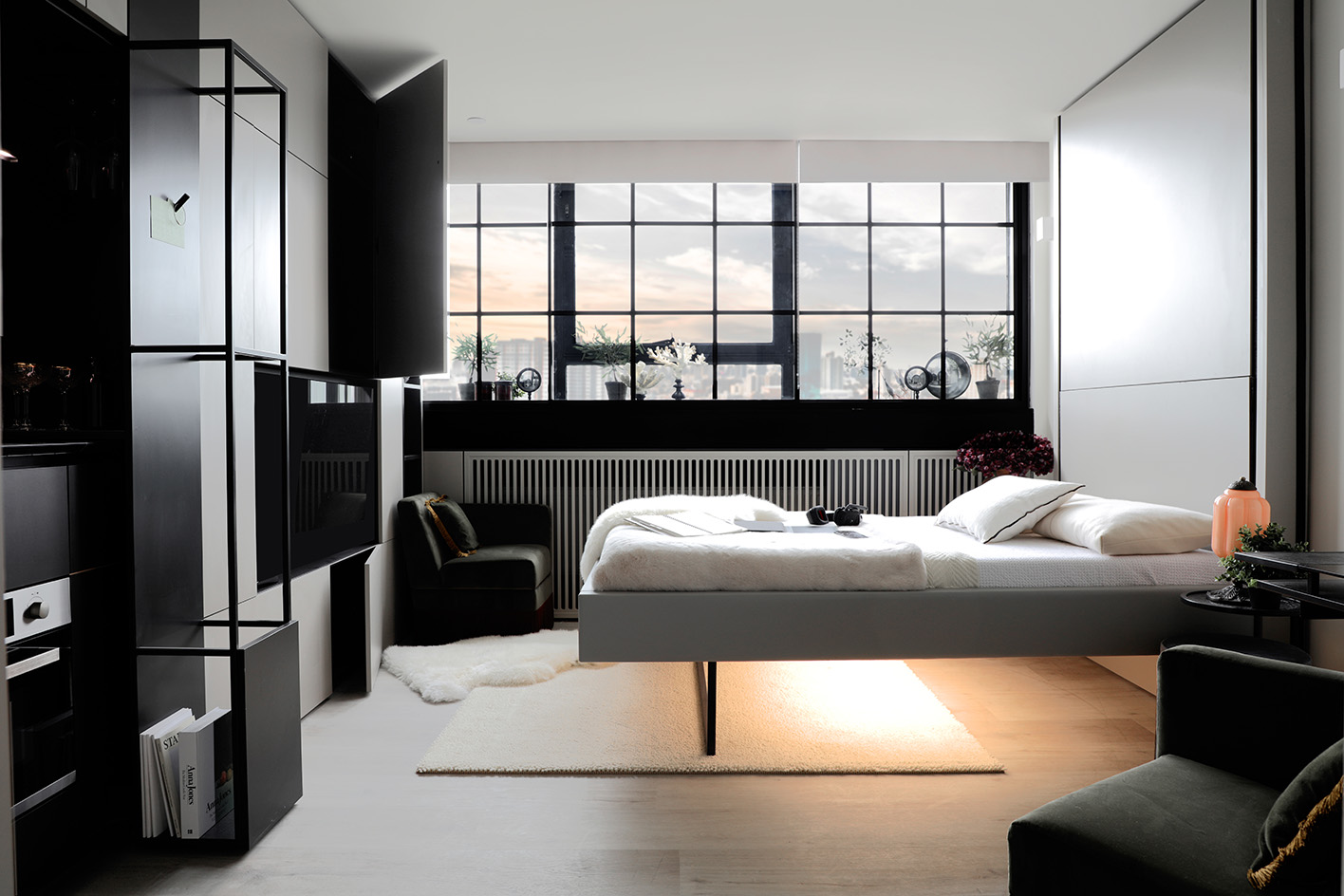
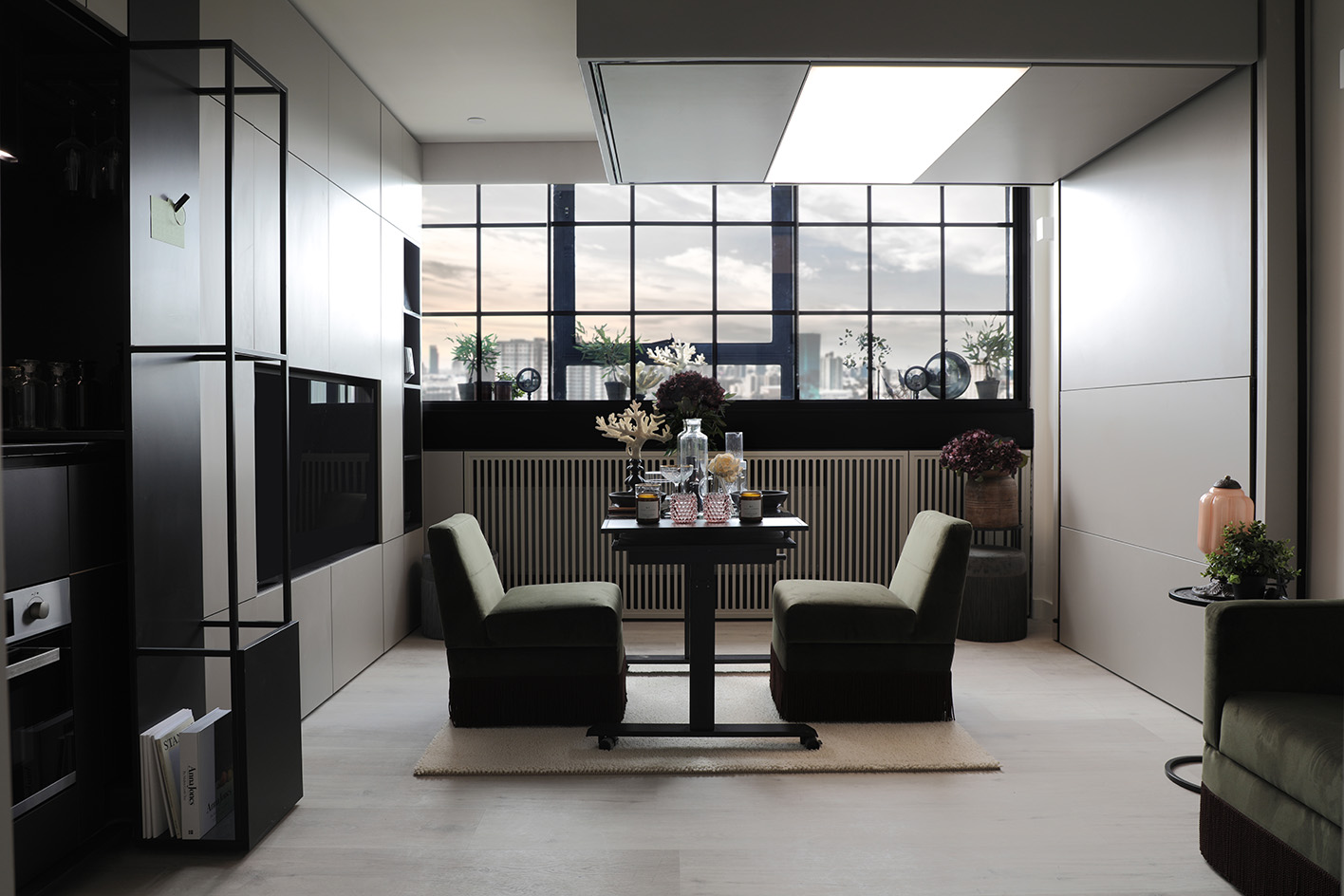
Ellie Stathaki is the Architecture & Environment Director at Wallpaper*. She trained as an architect at the Aristotle University of Thessaloniki in Greece and studied architectural history at the Bartlett in London. Now an established journalist, she has been a member of the Wallpaper* team since 2006, visiting buildings across the globe and interviewing leading architects such as Tadao Ando and Rem Koolhaas. Ellie has also taken part in judging panels, moderated events, curated shows and contributed in books, such as The Contemporary House (Thames & Hudson, 2018), Glenn Sestig Architecture Diary (2020) and House London (2022).
-
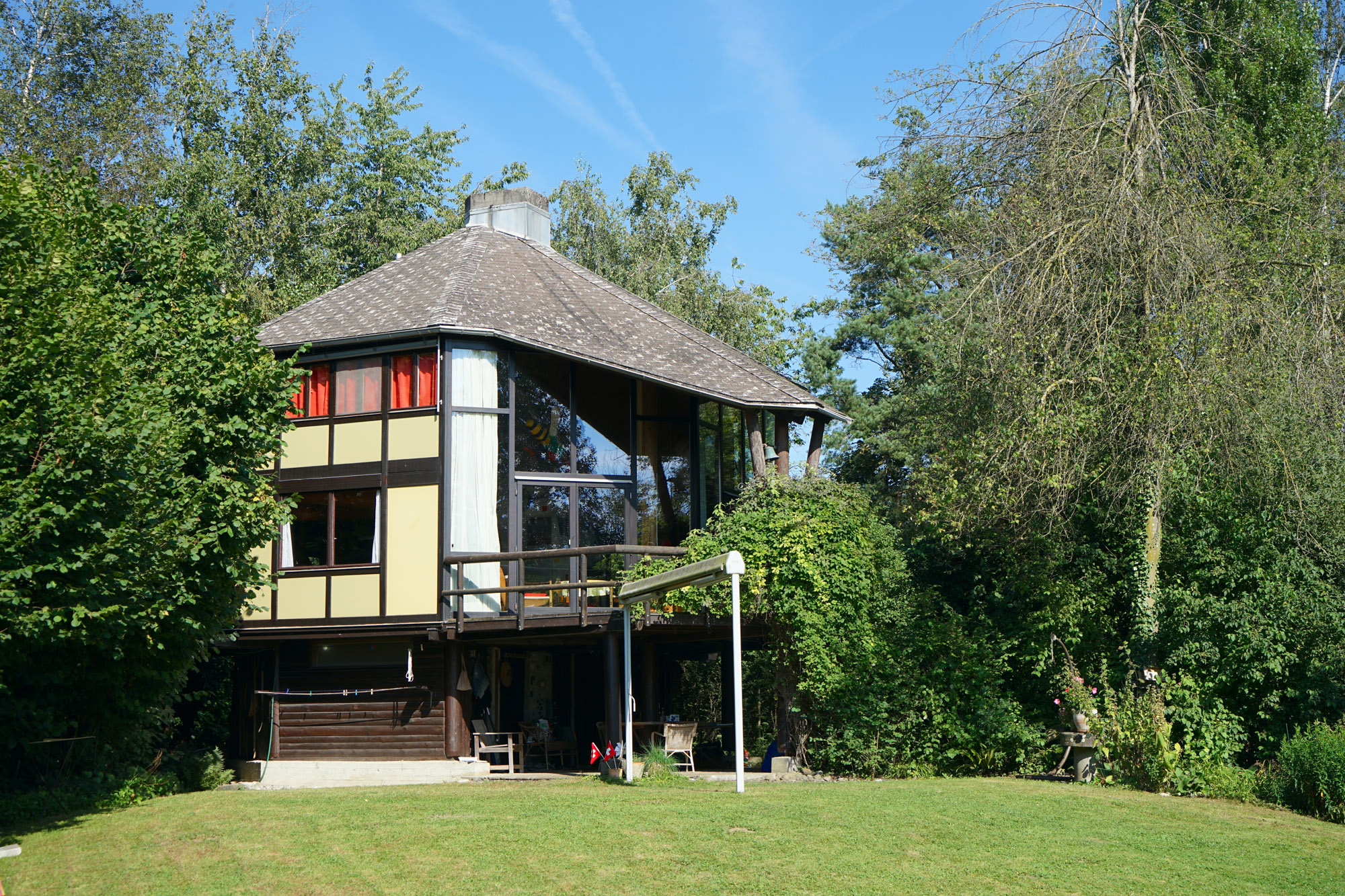 Meet Lisbeth Sachs, the lesser known Swiss modernist architect
Meet Lisbeth Sachs, the lesser known Swiss modernist architectPioneering Lisbeth Sachs is the Swiss architect behind the inspiration for creative collective Annexe’s reimagining of the Swiss pavilion for the Venice Architecture Biennale 2025
By Adam Štěch
-
 A stripped-back elegance defines these timeless watch designs
A stripped-back elegance defines these timeless watch designsWatches from Cartier, Van Cleef & Arpels, Rolex and more speak to universal design codes
By Hannah Silver
-
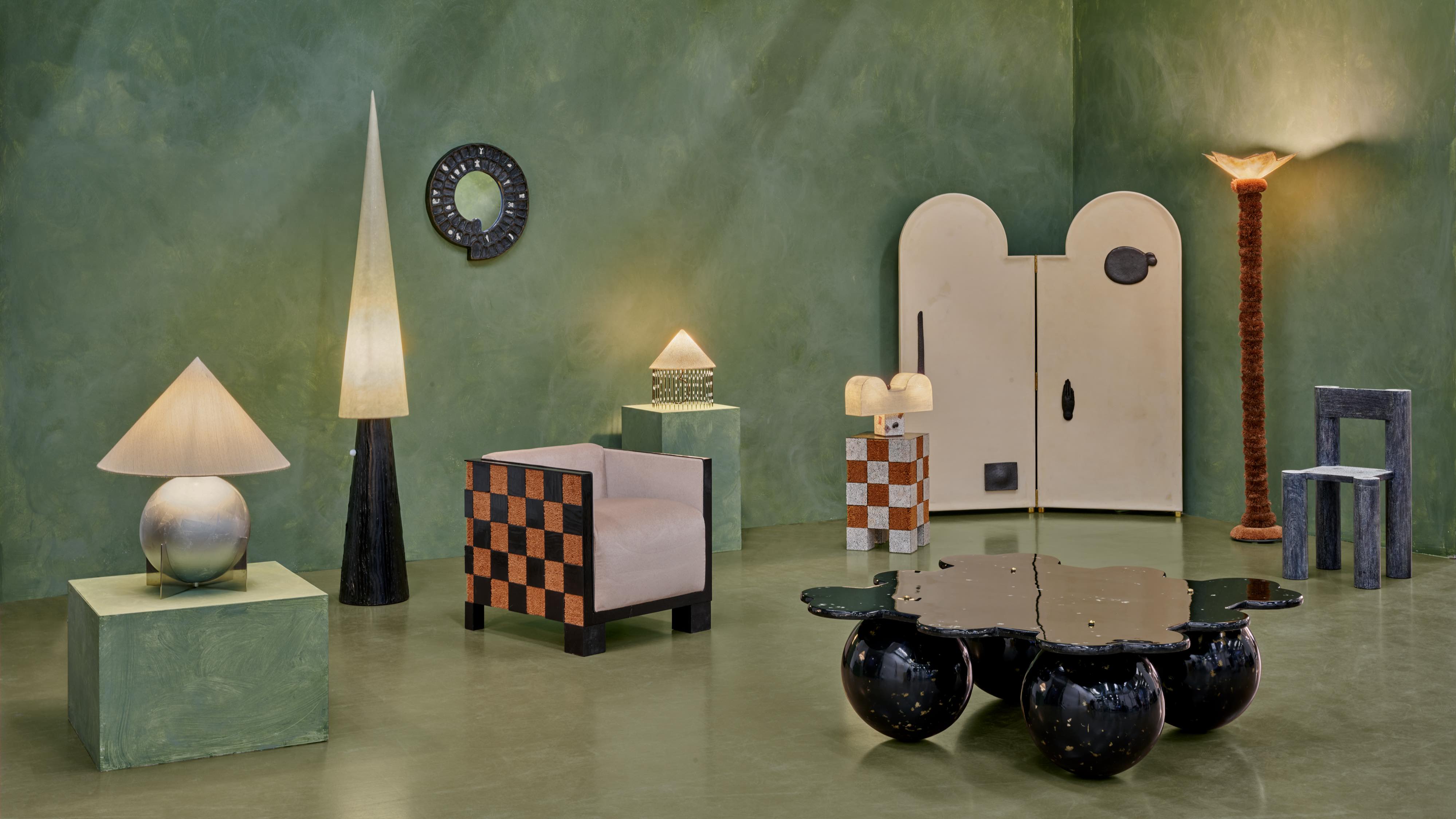 Postcard from Brussels: a maverick design scene has taken root in the Belgian capital
Postcard from Brussels: a maverick design scene has taken root in the Belgian capitalBrussels has emerged as one of the best places for creatives to live, operate and even sell. Wallpaper* paid a visit during the annual Collectible fair to see how it's coming into its own
By Adrian Madlener
-
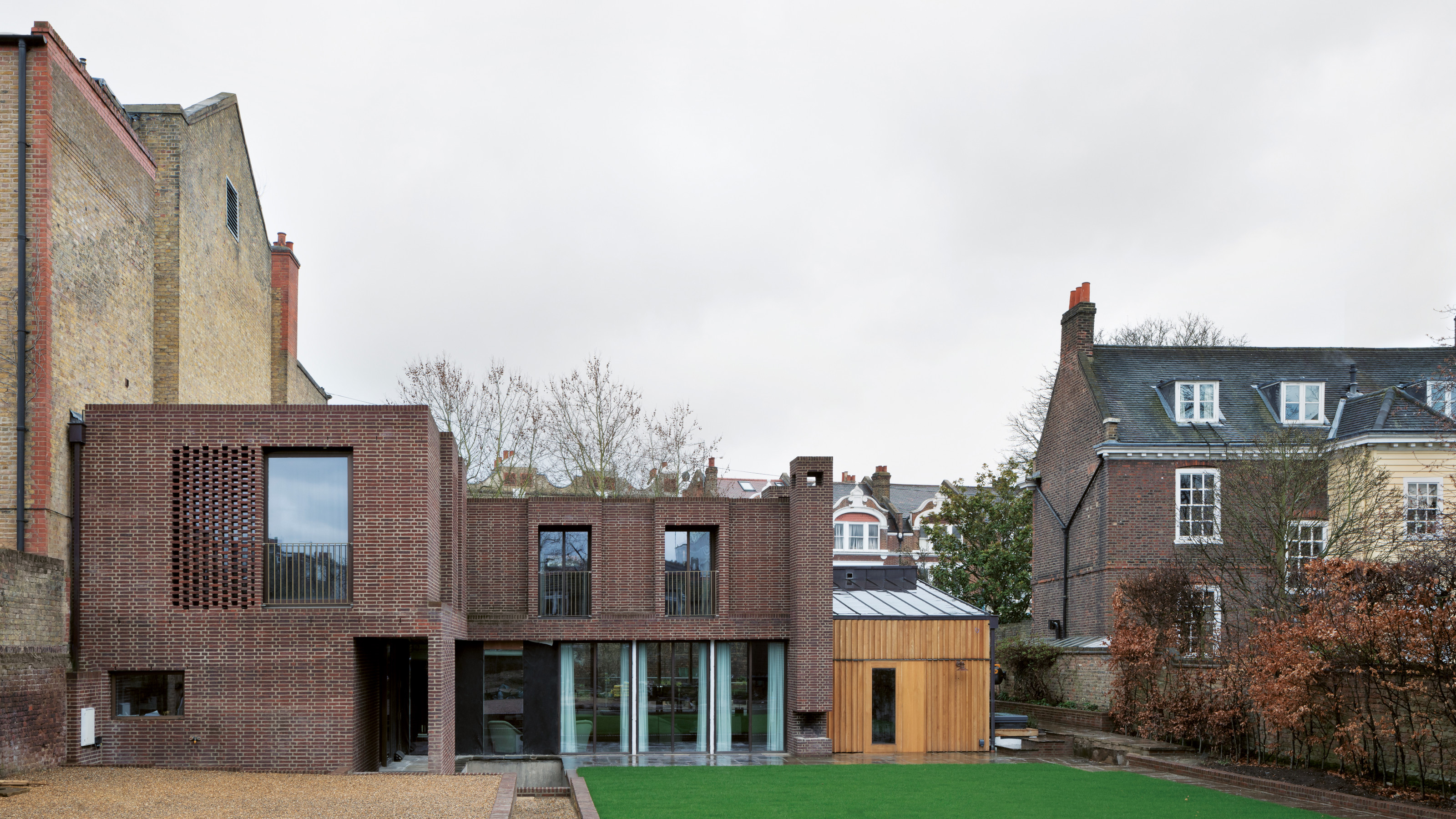 A new London house delights in robust brutalist detailing and diffused light
A new London house delights in robust brutalist detailing and diffused lightLondon's House in a Walled Garden by Henley Halebrown was designed to dovetail in its historic context
By Jonathan Bell
-
 A Sussex beach house boldly reimagines its seaside typology
A Sussex beach house boldly reimagines its seaside typologyA bold and uncompromising Sussex beach house reconfigures the vernacular to maximise coastal views but maintain privacy
By Jonathan Bell
-
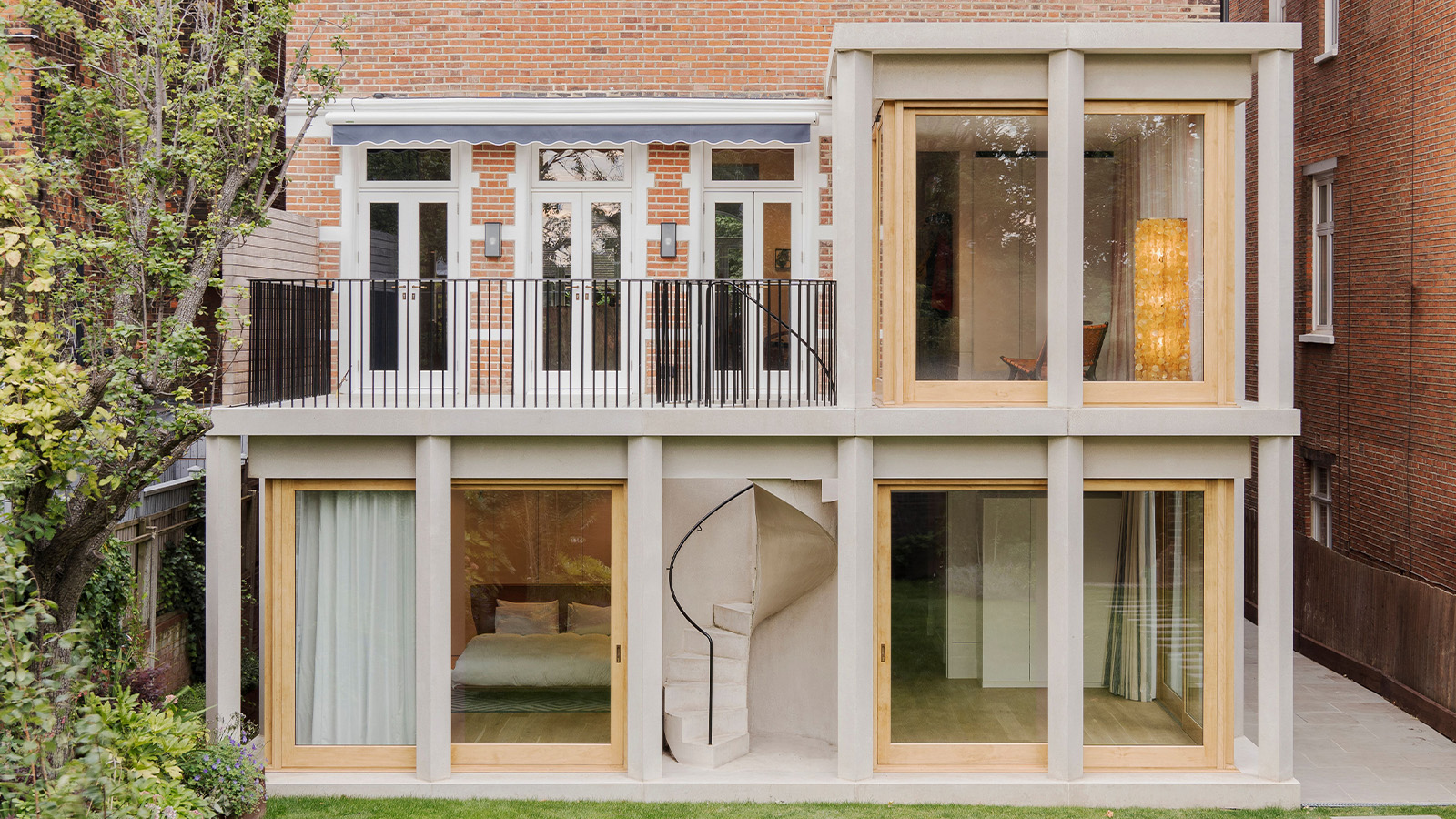 This 19th-century Hampstead house has a raw concrete staircase at its heart
This 19th-century Hampstead house has a raw concrete staircase at its heartThis Hampstead house, designed by Pinzauer and titled Maresfield Gardens, is a London home blending new design and traditional details
By Tianna Williams
-
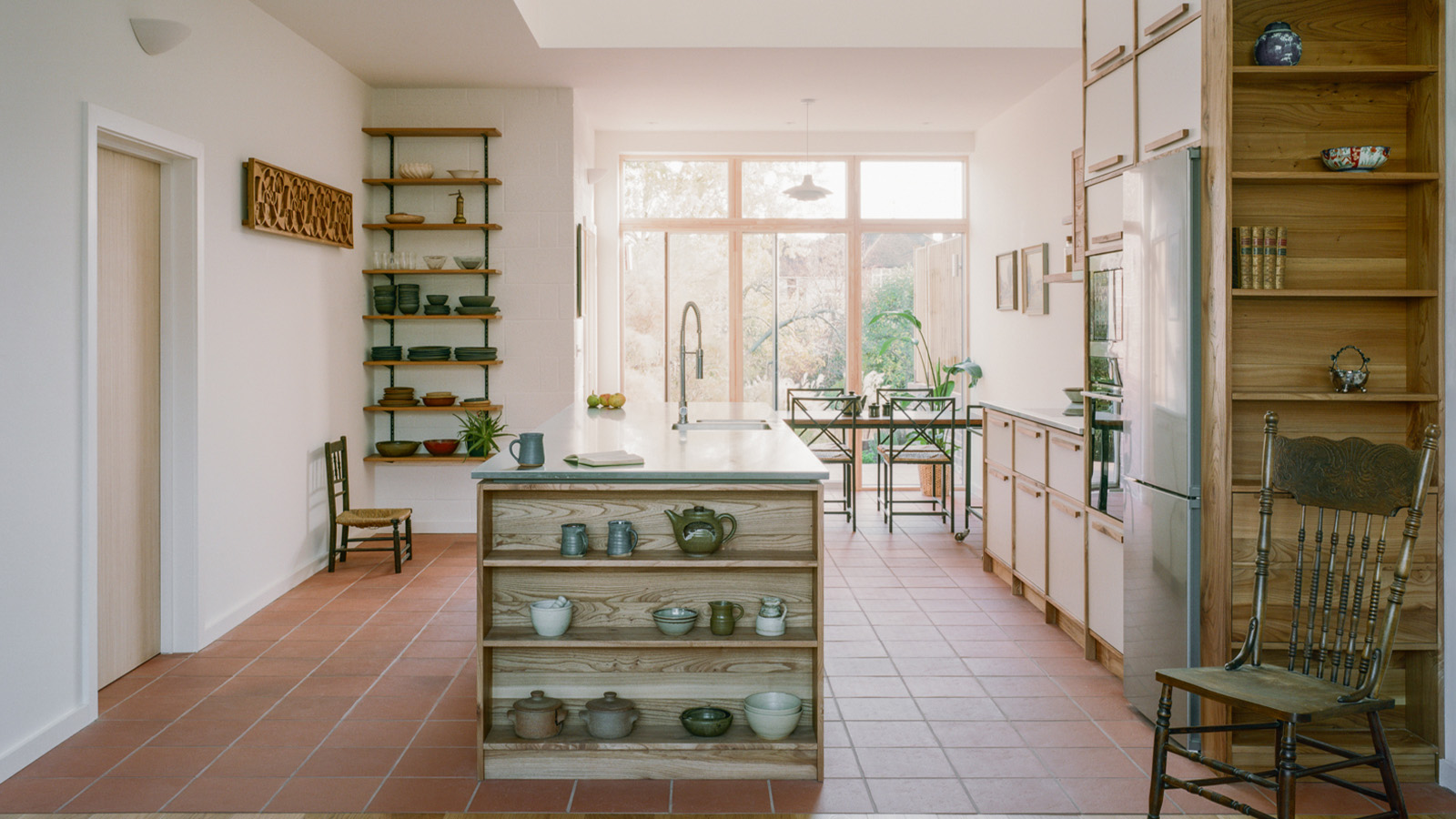 An octogenarian’s north London home is bold with utilitarian authenticity
An octogenarian’s north London home is bold with utilitarian authenticityWoodbury residence is a north London home by Of Architecture, inspired by 20th-century design and rooted in functionality
By Tianna Williams
-
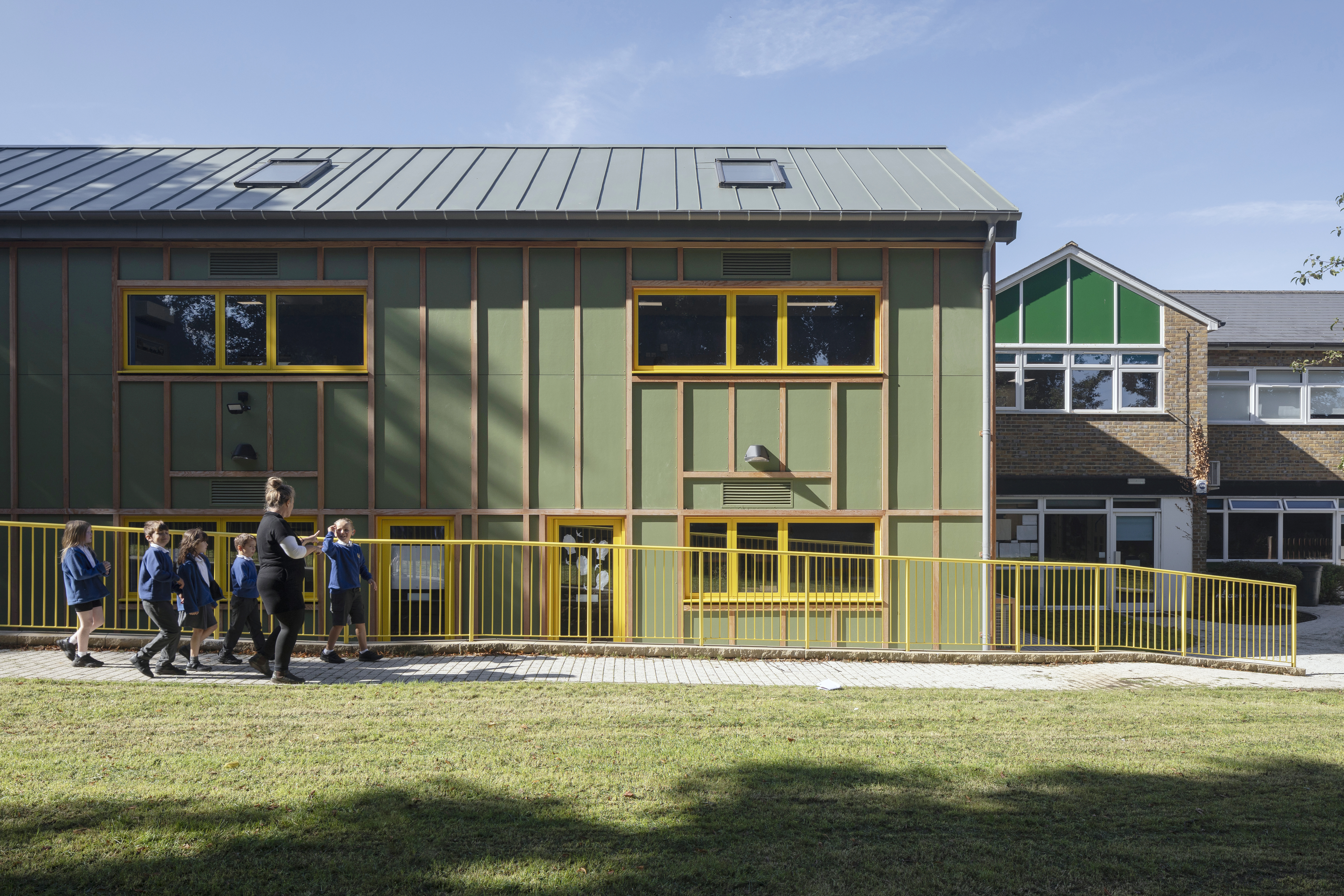 What is DeafSpace and how can it enhance architecture for everyone?
What is DeafSpace and how can it enhance architecture for everyone?DeafSpace learnings can help create profoundly sense-centric architecture; why shouldn't groundbreaking designs also be inclusive?
By Teshome Douglas-Campbell
-
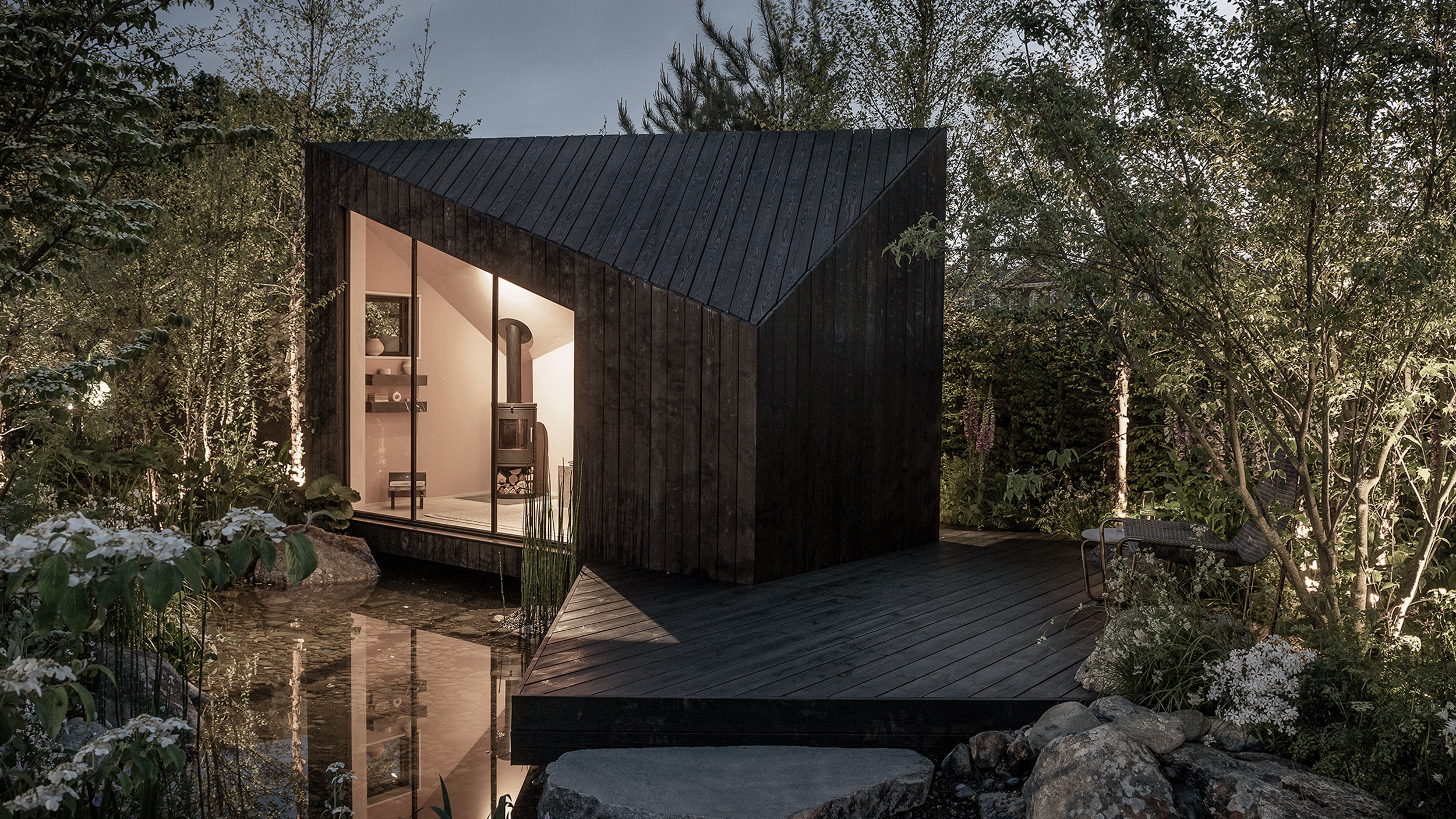 The dream of the flat-pack home continues with this elegant modular cabin design from Koto
The dream of the flat-pack home continues with this elegant modular cabin design from KotoThe Niwa modular cabin series by UK-based Koto architects offers a range of elegant retreats, designed for easy installation and a variety of uses
By Jonathan Bell
-
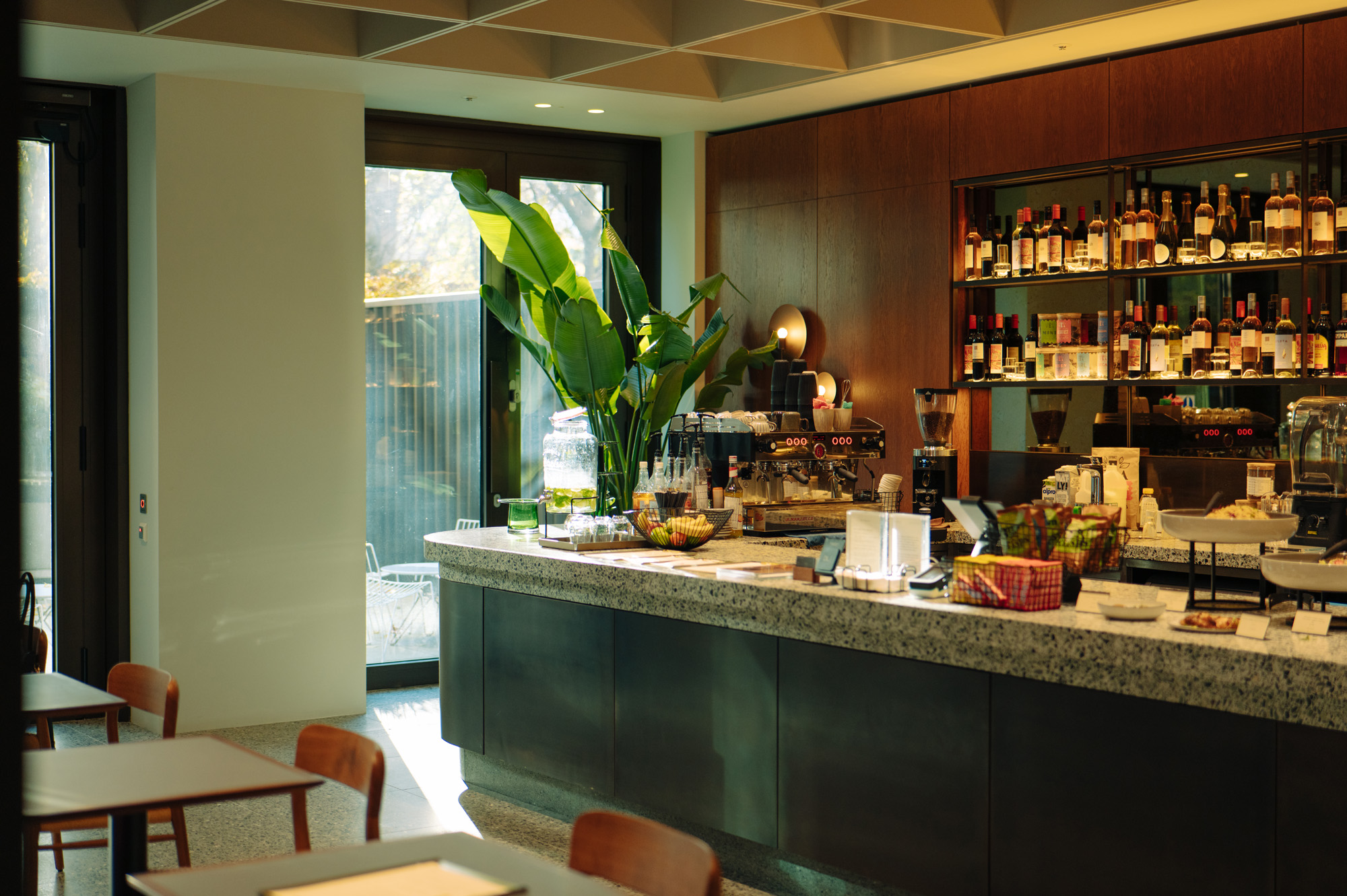 Are Derwent London's new lounges the future of workspace?
Are Derwent London's new lounges the future of workspace?Property developer Derwent London’s new lounges – created for tenants of its offices – work harder to promote community and connection for their users
By Emily Wright
-
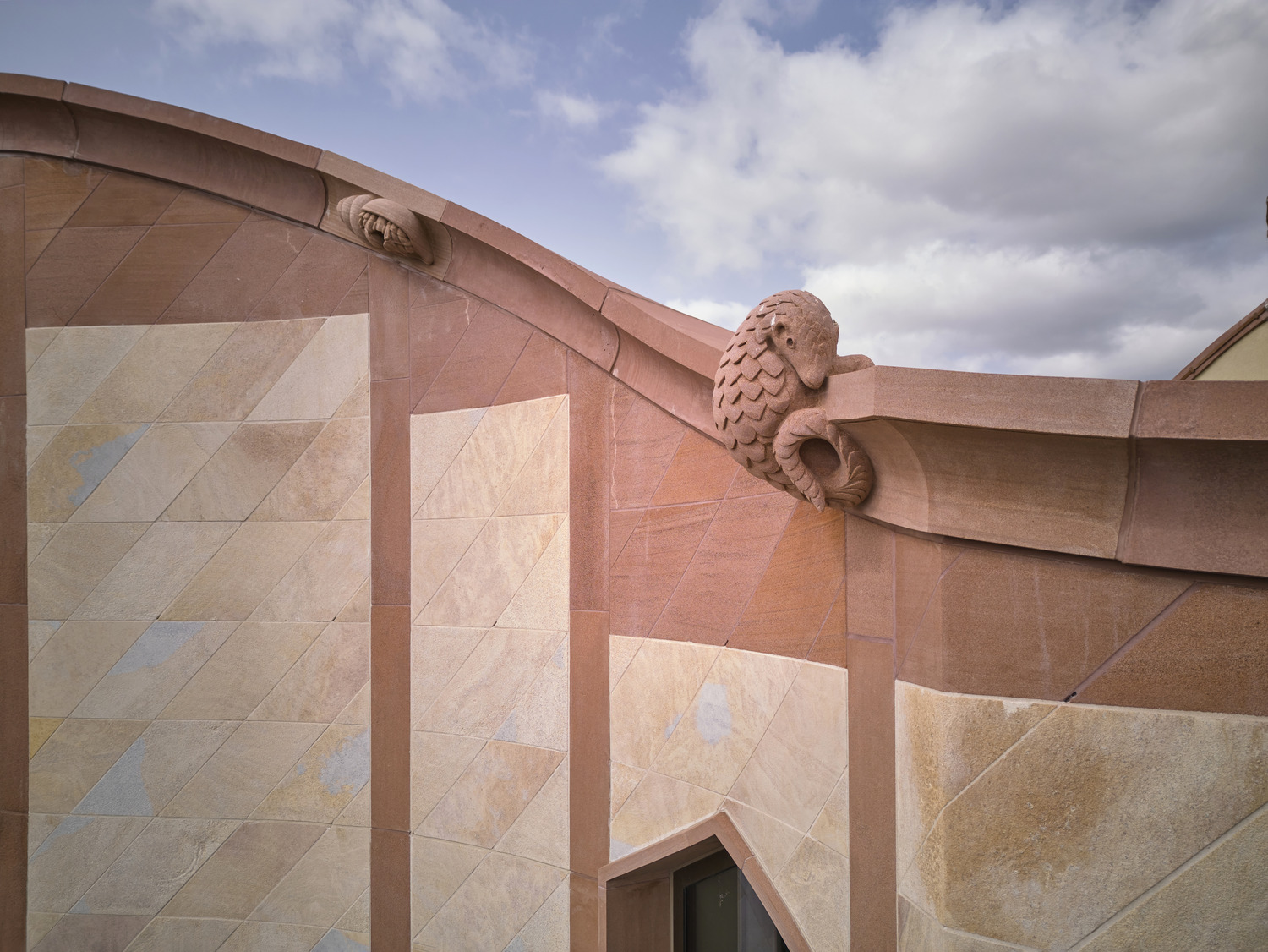 Showing off its gargoyles and curves, The Gradel Quadrangles opens in Oxford
Showing off its gargoyles and curves, The Gradel Quadrangles opens in OxfordThe Gradel Quadrangles, designed by David Kohn Architects, brings a touch of playfulness to Oxford through a modern interpretation of historical architecture
By Shawn Adams